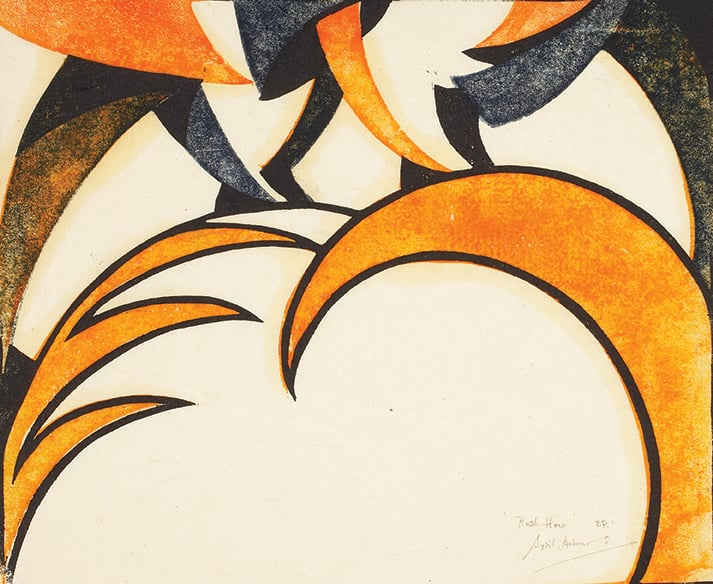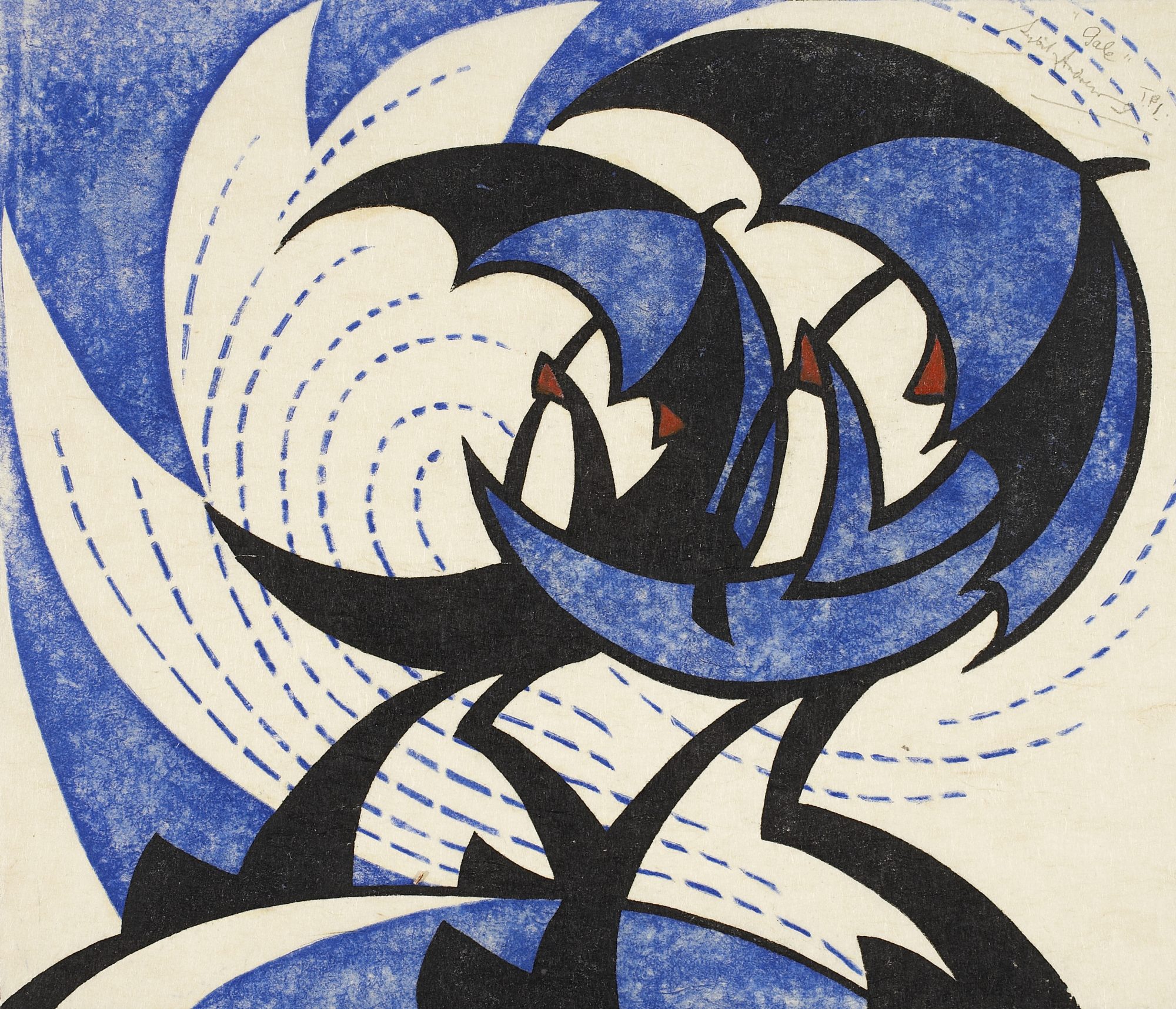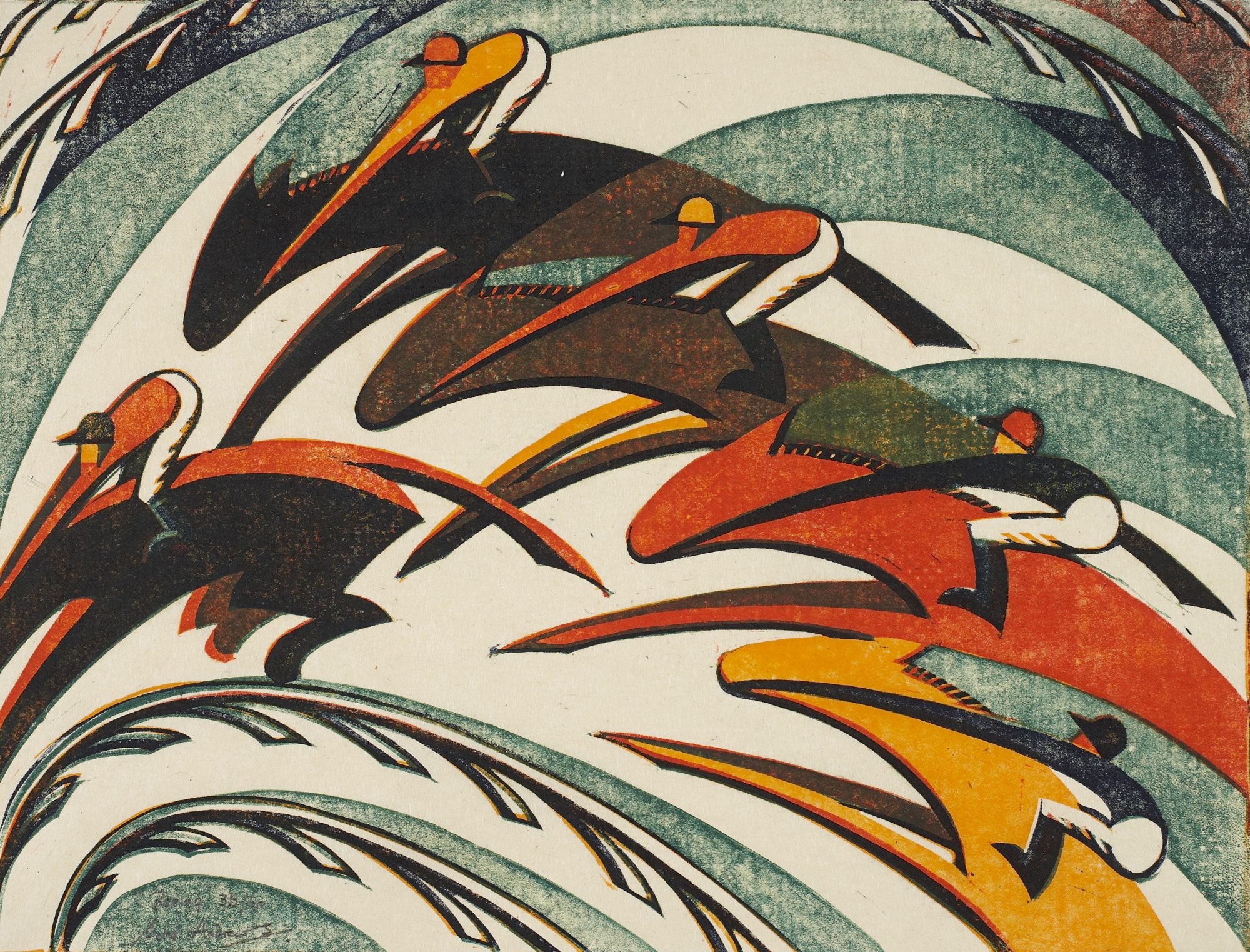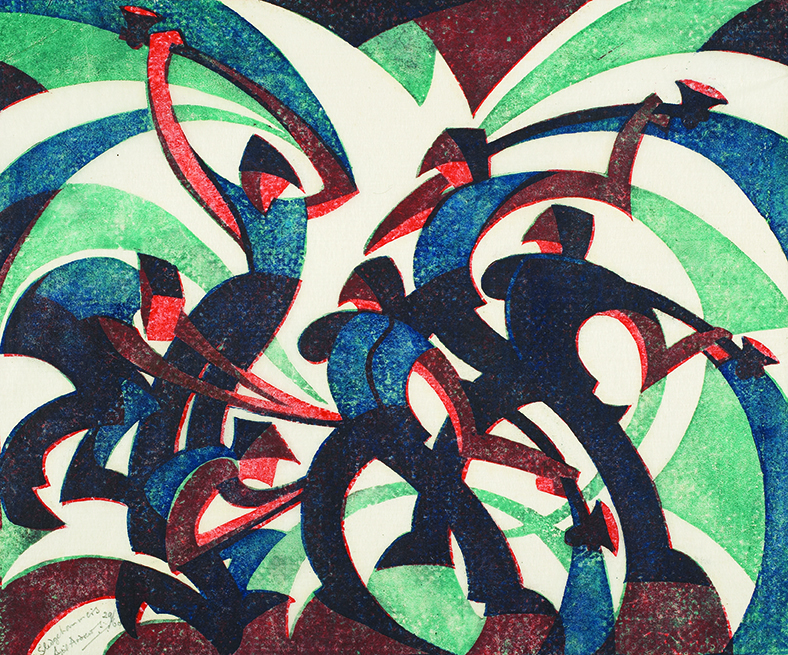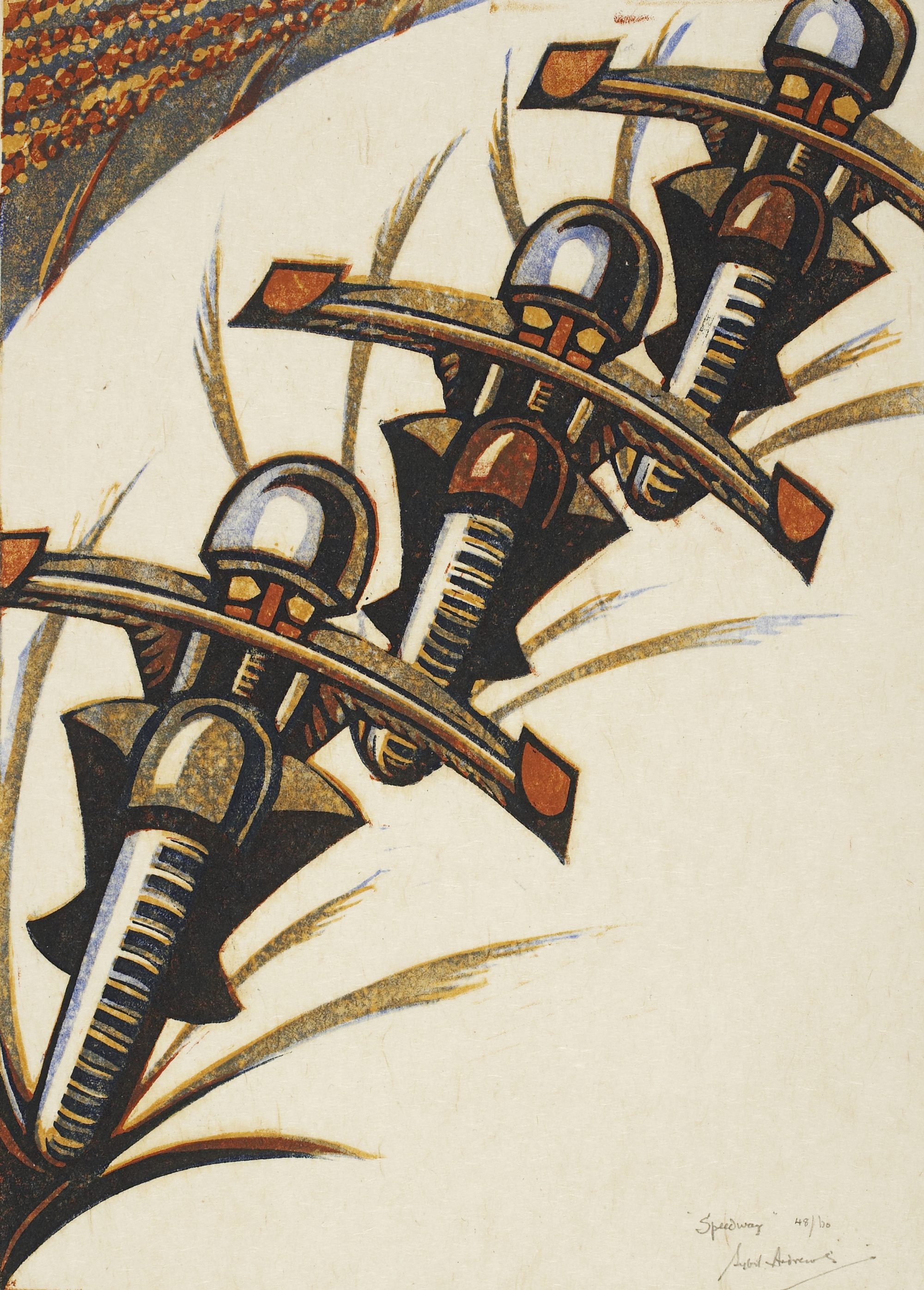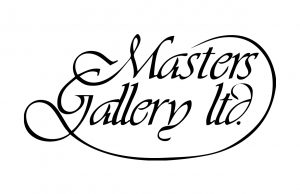Composer Notes: Alexina Louie
The idea of responding to the gentler beauty of Sybil Andrews’ more pastoral images appealed to me. The darkness and the swirling activity of Storm as well as the gnarled roots of Douglas Firs set the tone for the mysterious opening of my trio. Through these images I imagined the harshness of her life during the difficult war years.
However, just as her life moved from darkness into a realm of light and natural beauty, so too does my piece. I chose the more subtle colours and contours of Fall of the Leaf and the graceful motion in Swans as my inspiration for the end of my trio. It concludes with the gentle, serene flight of the swans and the beautiful sounds of bird calls echoing through the mist of Canada’s beautiful West Coast.
